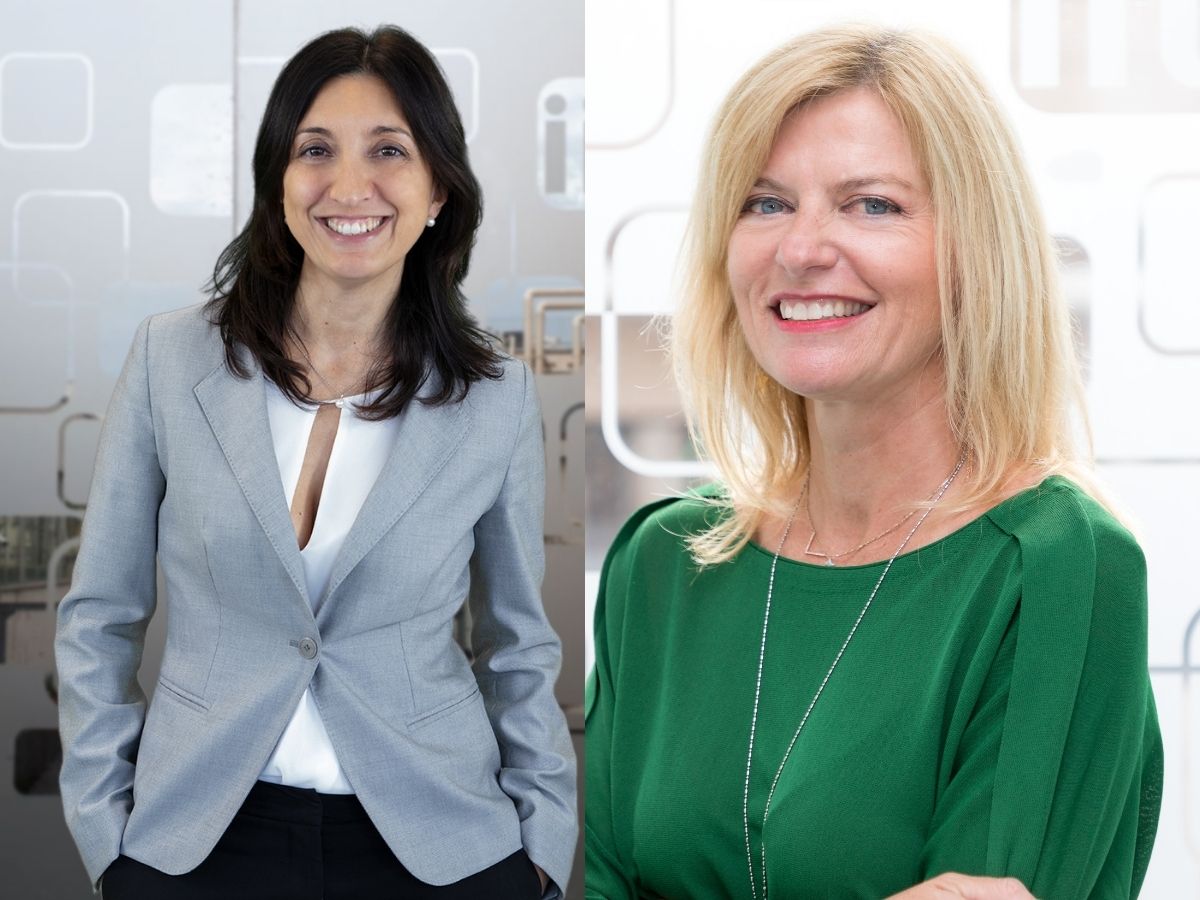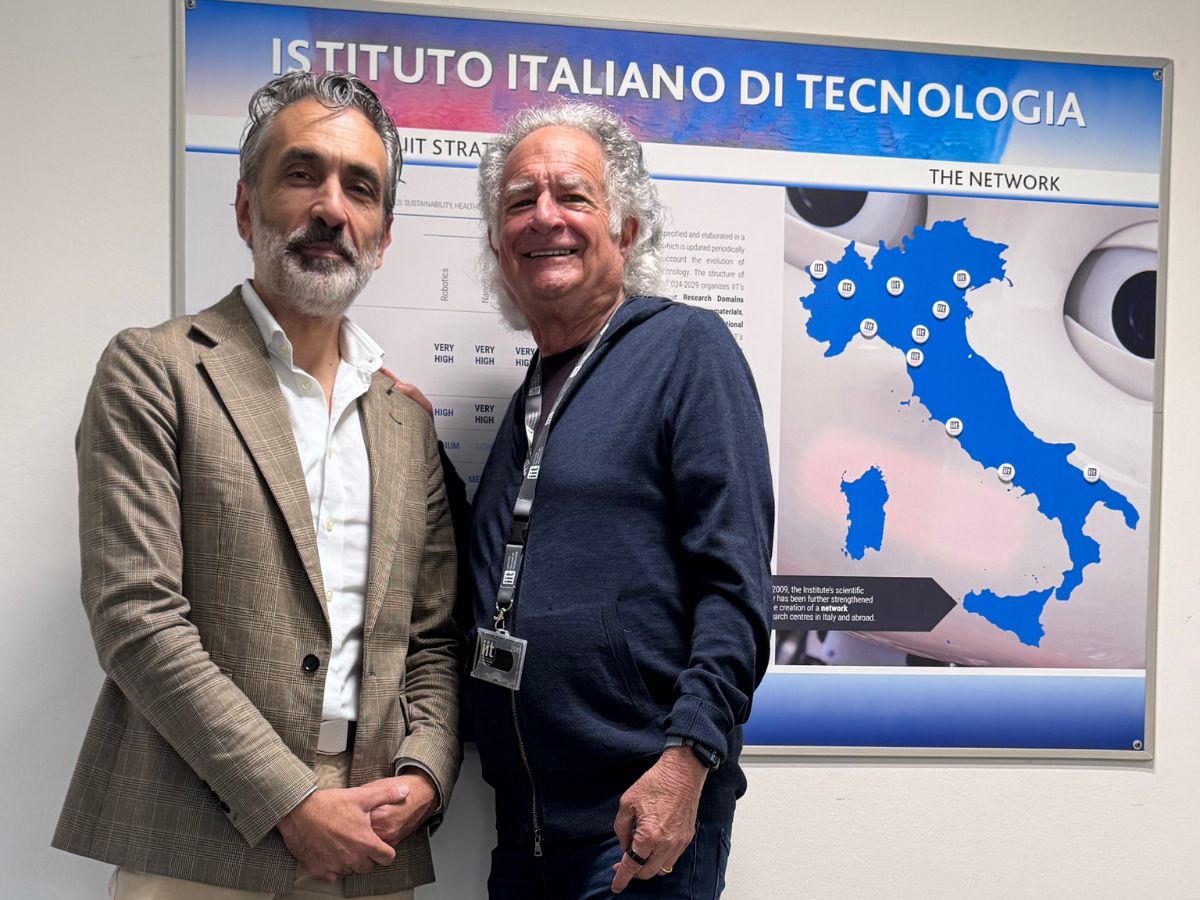Mazzolai and Traviglia chosen to represent the innovative face of Italy
Today, on the occasion of the Italian Research Day in the World, the Ministry of Foreign Affairs and International Cooperation has released online the first five episodes of “Portraits of Women 2 – Science,” a project conceived by the Farnesina and realized by Annamaria Granatello, President and Director of the Solinas Prize. This initiative offers an opportunity to discover the latest achievements in science through the voices and stories of female protagonists in research, innovation, and technology in Italy.
“This project aims to deliver true portraits of the female protagonists in the world of research and science, with a deliberately personal approach in recounting their daily work and the passion that underlies it. Each interview lasts for 3 minutes, a short duration to truly portray a person and a profession, but we believe it’s an ideal length for young audiences – Annamaria Granatello, President and Director of the Solinas Prize, explains. – This format follows the one we used last year, but that was focused on contemporary art. I work in the field of cinema, and I thought I wouldn’t find a connection with these new stories, but it wasn’t like that. I found many parallels, and working on this project has been a powerful and emotional journey that made me feel at home. From the testimonials of the researchers, just like from those of the previous edition, it emerges that women possess a power: they accomplish extraordinary feats with extreme simplicity. Just before the end of the film ‘The Hand of God’ by Paolo Sorrentino, Antonio Capuano says the now proverbial phrase ‘Non ti disunire!’ (Don’t get disunited!), and I believe that this is undoubtedly a problem that women do not have, quite the opposite! The 5 professionals I interviewed all talked about passion, soul, commitment, intelligence, and dedication to their work. These are women in top positions who had to break down walls step by step to achieve their goals because they decided that nothing else was more important than that, as they wanted to do something useful, something important, and they did it with pleasure, enjoyment, motivation, and satisfaction. I would like to thank those who accompanied me on this journey: Marta Tagliavia for her directorial sensitivity in working on the details, producer Giulia Achilli, who immediately welcomed and supported the idea, and Laura Pugno, Head of the Cultural Promotion Area of the Ministry of Foreign Affairs and International Cooperation. We worked together to enhance Scientific Culture in Italy, with the idea of showcasing its beauty, not just aesthetically, but in substance.”
Within the first selection of portraits that the Farnesina has chosen to share with the public on “italiana” (italiana.esteri.it), the portal of the Ministry of Foreign Affairs and International Cooperation dedicated to the promotion of Italian culture, creativity, and language, there are also two researchers from the Italian Institute of Technology: Barbara Mazzolai, Associate Director for Robotics, head of the Bioinspired Soft Robotics laboratory, and Arianna Traviglia, Director of the IIT Venice center, the Centre for Cultural Heritage Technology – CCHT.
Barbara Mazzolai, you are now a veteran of scientific communication and opportunities to engage outside the laboratories. What drives you to participate in new projects of this kind? Why is it important to make the public aware of what research and its protagonists do every day?
I believe that scientific communication plays a fundamental role for researchers. It serves to share what we do within the laboratories, our vision of the future, and what we are working on to improve the lives of everyone with a so-called general audience, which includes people who are not necessarily experts in my research field but have the right to know and understand what we are working on. Furthermore, I think that metaphorically opening the doors of our laboratories helps reduce the gap that often exists between the younger generations and this type of profession, which is certainly not one of the most common but not inaccessible either. Personally, I believe that also showing the dedication and passion behind an important scientific discovery can motivate those who would like to enter this profession but haven’t received enough incentives and examples to consider it as a viable career option. Today, there is a lot of talk about role models, and regardless of the definition, I agree that putting our faces out there can be useful in sensitizing someone to pursue this career path. Moreover, I work in soft robotics inspired by nature, and talking about this type of technology also helps us better understand how our planet works. Therefore, giving talks or participating in video interviews like this one, in my opinion, means generating knowledge tools.
Arianna Traviglia, in all your interviews, your diverse academic and subsequent career path stands out, rich with stimuli. Even now, as the Director of an IIT center, you strongly advocate for multidisciplinarity. What are the essential qualities that researchers today, both male and female, must possess?
Researchers today, just like female researchers, cannot work solely within the comfort zone of their discipline. The best ideas, the best products, the best science are achieved when various research fields touch and blend, when approaches, methods, and procedures are applied in contexts where they have never been tested before. It is important that researchers, both male and female, cultivate interests and study other disciplines alongside their own to find a common language with different research domains. A great researcher, in my opinion, is someone who can also generate valid ideas through the creative push that comes from mixing with other areas of knowledge and curiosity. These ideas can then lead to formulating a new thesis and testing its validity. To female researchers, I would like to express a particular thought: I realize that the almost absence of historical precedents, or at least numerous historical precedents, of female researchers might lead them to believe that this, like many other fields, is not a profession for them, but it is not like that at all. And based on this, I want to encourage them to engage, just like I would say to a male colleague, and to dare more. Often, young female researchers do not apply for prominent positions because they feel they do not exactly fulfill all the required criteria, and so those who, often male, believed more in themselves prevail. This is a field where competences, enthusiasm, and passion are needed. Don’t be trapped by the impostor syndrome and take the plunge!





